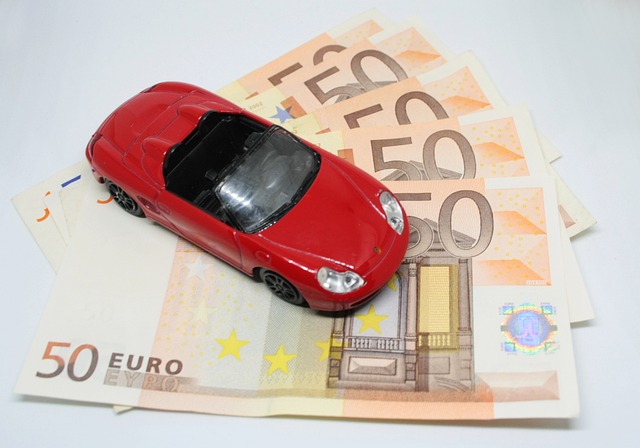Understanding the Phenomenon of 'Slow Living' in the Fast-Paced Digital Age
In a world consumed by rapid technological advancements and an insatiable desire for instant gratification, the 'Slow Living' movement offers a surprising and refreshing counter-narrative. Read below to delve into this intriguing cultural trend, examining its origins, implications, and what it signifies in our contemporary society.

Historical Context and Sociological Developments
The ‘Slow Living’ movement, though seemingly a recent development, has its roots firmly planted in the human past. It can be traced back to the Slow Food movement that emerged in Italy during the 1980s as a reaction to the spread of fast food chains. Over the years, this philosophy has evolved and expanded, encompassing various aspects of life, from work and leisure to health and well-being.
The Slow Living Movement in Modern Society
Today, the Slow Living movement is gathering momentum across the globe, with an increasing number of people seeking a slower, more mindful existence. This trend is particularly noticeable in urban societies, where the pace of life often feels relentless. The movement advocates a conscious deceleration, encouraging people to appreciate the simple pleasures, cultivate mindfulness, and prioritize quality over quantity.
Significance and Implications of Slow Living
The rise of Slow Living signifies a growing dissatisfaction with the frenetic pace of modern life and a desire for deeper, more meaningful experiences. It encompasses practices such as slow food, slow travel, and slow fashion, essentially transforming our perception of time and productivity. This shift towards ‘slowness’ could potentially have profound implications on our mental health, societal structures, and the environment.
Research-backed Insights on Slow Living
Research on Slow Living has highlighted its potential benefits, including reduced stress, improved mental health, and increased satisfaction with life. However, it also brings to light the potential challenges of this lifestyle, such as the risk of romanticizing slower-paced living without considering socio-economic realities.
Striking a Balance: Slow Living in a Fast-Paced World
While Slow Living offers a compelling alternative to the fast-paced digital age, it’s crucial to strike a balance. After all, the goal isn’t to resist progress but to foster a healthier, more balanced relationship with time, technology, and productivity. By integrating elements of Slow Living into our daily routines, we can create a more mindful, fulfilling existence without completely disconnecting from the modern world.
In conclusion, the Slow Living movement, with its emphasis on deceleration and mindfulness, presents a fascinating counterpoint to our fast-paced society. It serves as a reminder that amidst the relentless pursuit of ‘more,’ we must not forget to savor the ‘now.’ While it may not provide a one-size-fits-all solution, it does offer valuable insights into redefining success, happiness, and the way we live.




